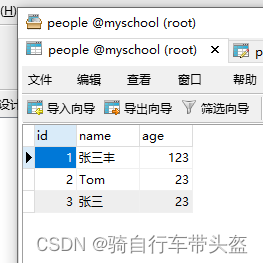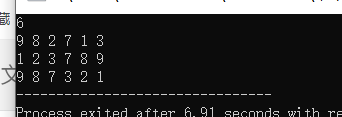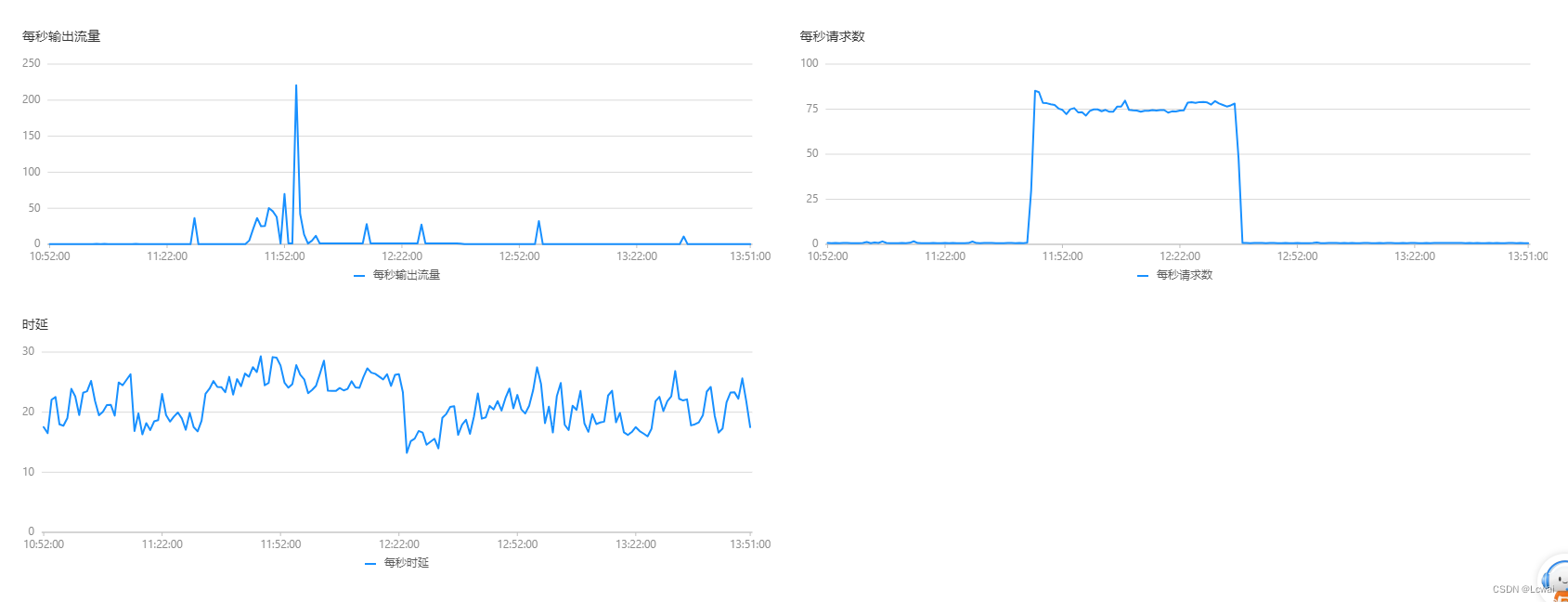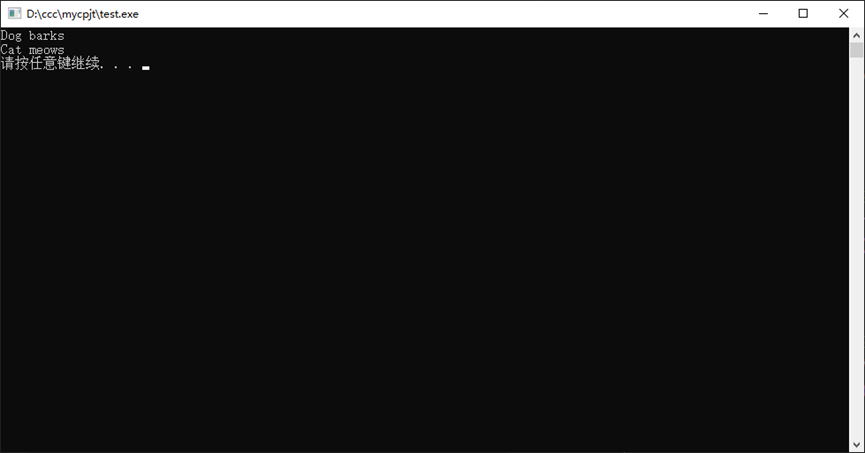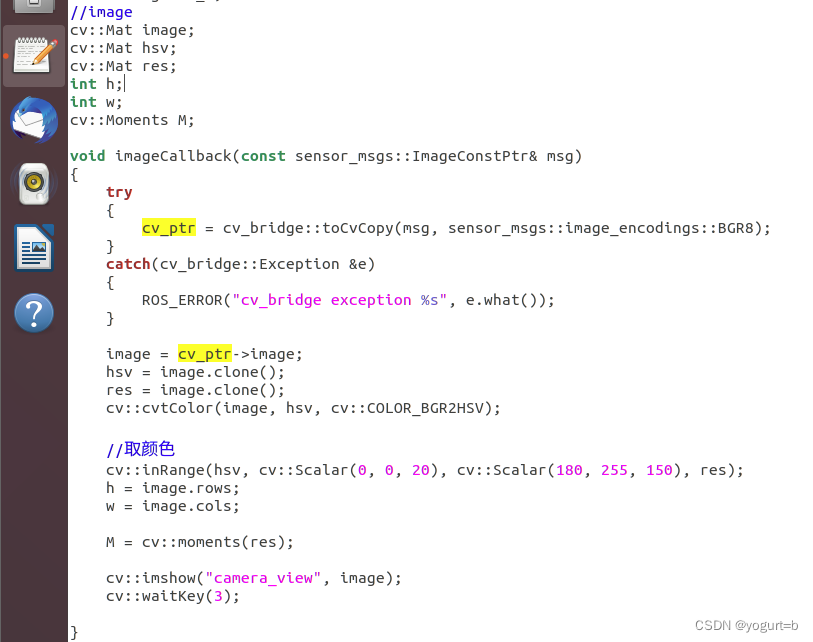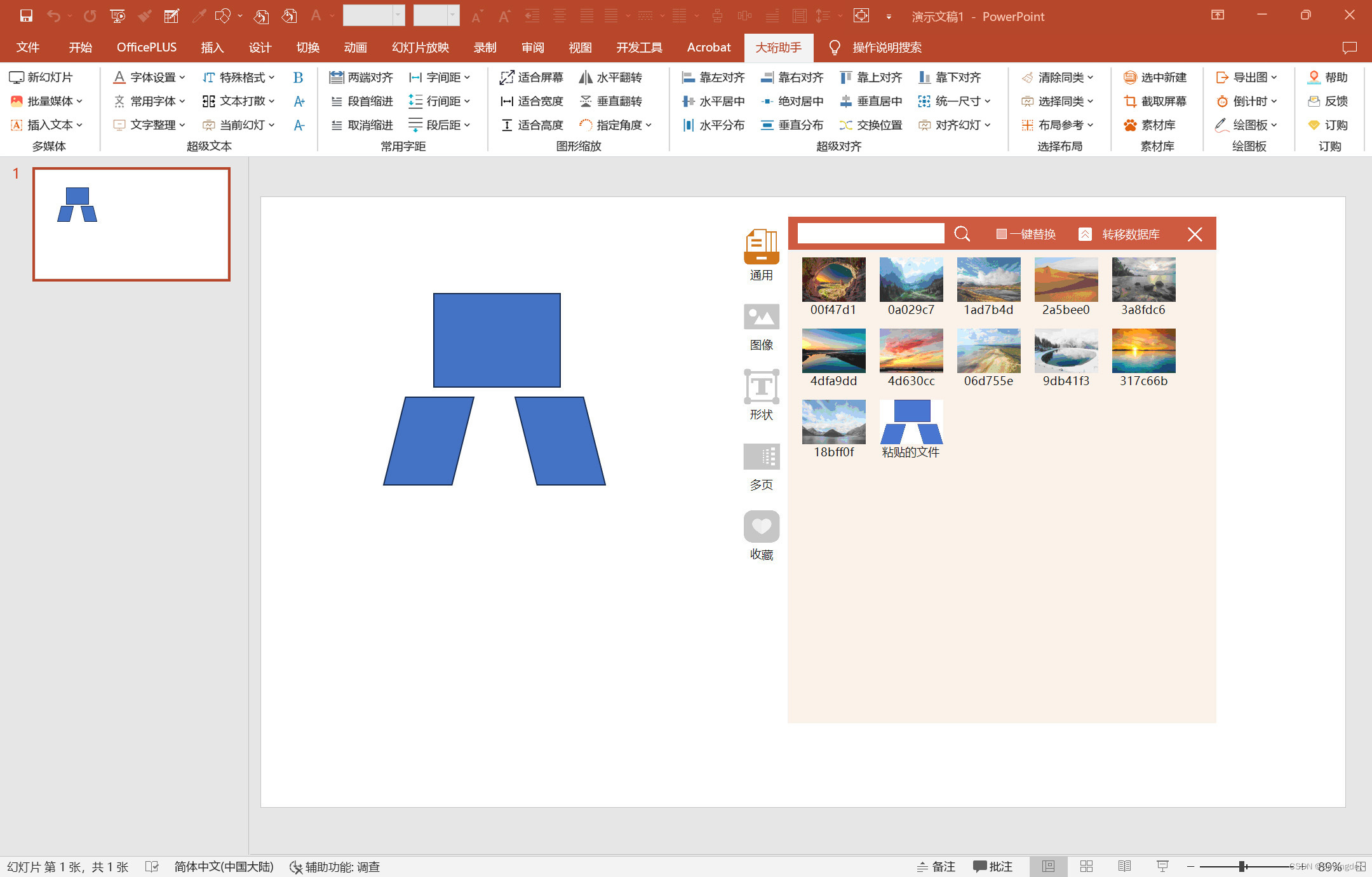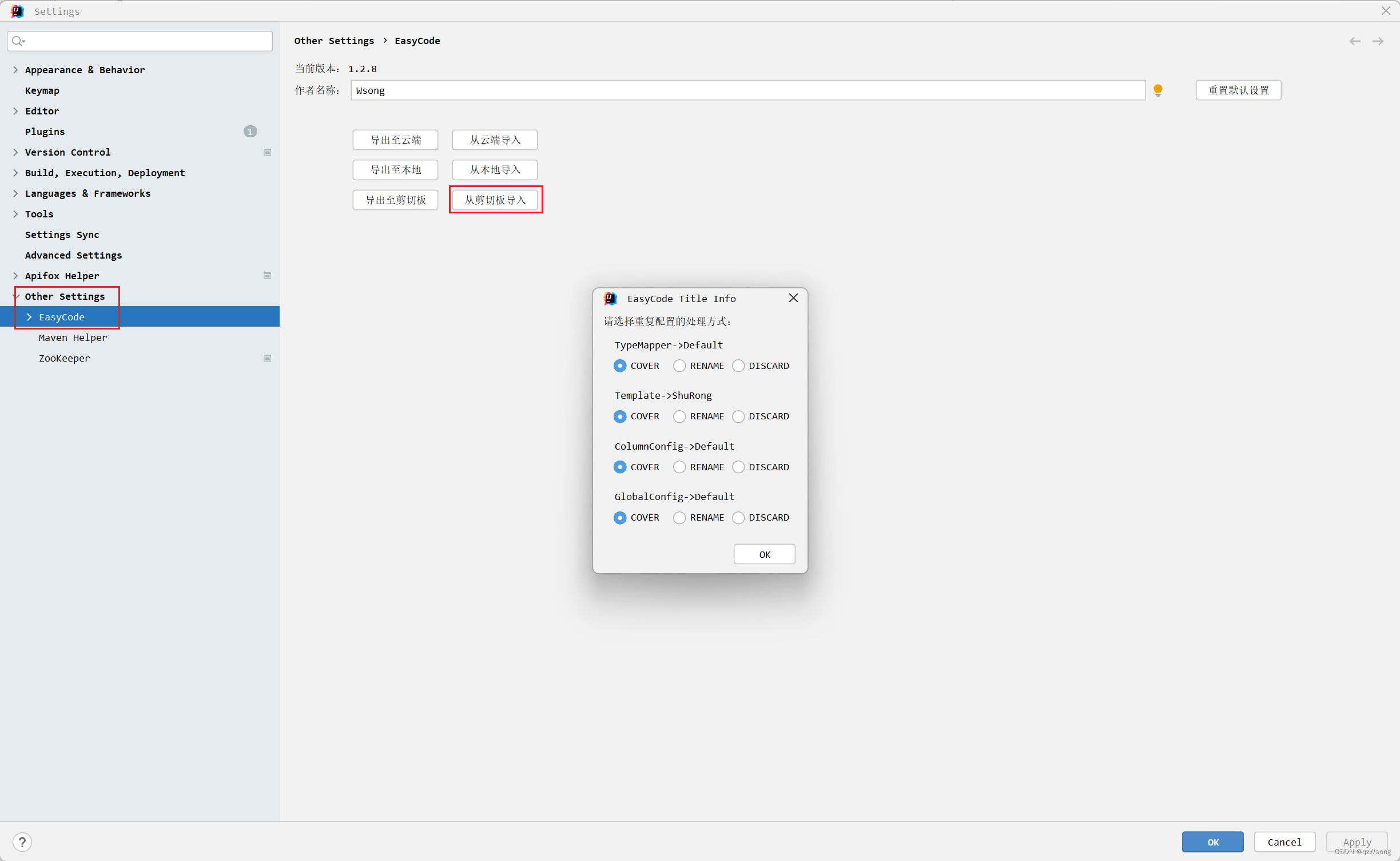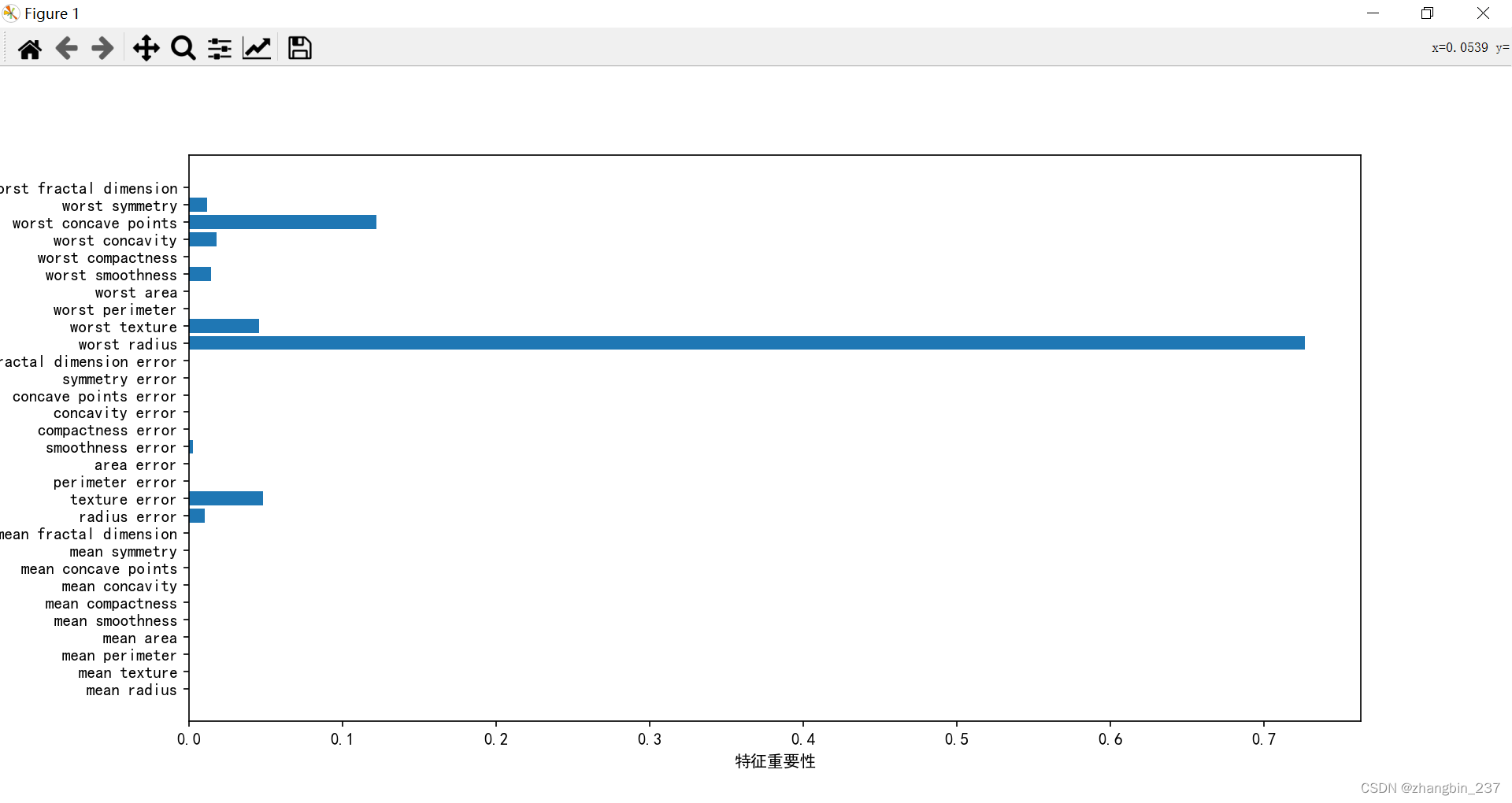一.安装
1.下载安装依赖
npm install vue-router@next
npm install @types/vue-router
2.router目录创建
在src 目录下 创建 /src/router文件夹
包含两个文件 route.ts
import { RouteRecordRaw } from 'vue-router'
const routes: Array<RouteRecordRaw> = [
{
path: '/',
name: 'index',
component: () => import('@/views/home/index.vue'),
meta: {
title: '首页'
},
}
]
export default routes以及 index.ts
// 导入router所需的方法
import { createRouter, createWebHashHistory } from 'vue-router'
// 导入路由页面的配置
import routes from './routes'
// 路由参数配置
const router = createRouter({
// 使用hash(createWebHashHistory)模式,(createWebHistory是HTML5历史模式,支持SEO)
history: createWebHashHistory(),
routes: routes,
})
// 全局前置守卫,这里可以加入用户登录判断
router.beforeEach((to, from, next) => {
// 继续前进 next()
// 返回 false 以取消导航
next()
})
// 全局后置钩子,这里可以加入改变页面标题等操作
router.afterEach((to, from) => {
const _title = to.meta.title
if (_title) {
window.document.title = String(_title)
}
})
// 导出默认值
export default router效果如下
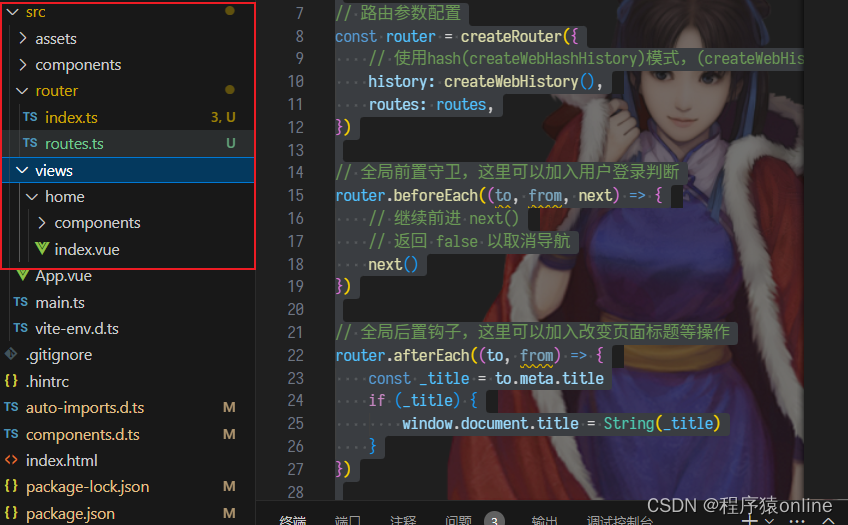
3.main.ts修改引入
都有注释的,从搭建到现在整个main.ts的内容
import { createApp } from 'vue'
import '@/assets/style/style.css'
import App from './App.vue'
// 以下是 完整引入 element plus 时使用
// import ElementPlus from 'element-plus'
// import 'element-plus/dist/index.css'
// 引入图标库,如果您正在使用CDN引入,请删除下面一行。
import * as ElementPlusIconsVue from '@element-plus/icons-vue'
// 导入新建的路由文件
import router from "./router/index"
const app = createApp(App)
app.use(router)
// 以下是 完整引入 element plus 时使用
// app.use(ElementPlus)
for (const [key, component] of Object.entries(ElementPlusIconsVue)) {
app.component(key, component)
}
app.mount('#app')
4.测试使用
记得之前在App.vue 引用Home是直接引用的组件形式吗,回去修改成路由入口形式
App.vue
<template>
<router-view></router-view>
<!-- <Home></Home> -->
</template>
<script setup lang="ts">
// import Home from '@/views/home/index.vue'
</script>
<style >
</style>


